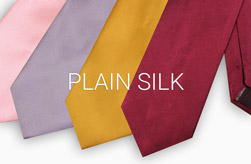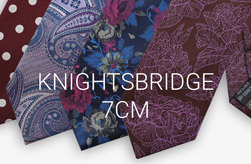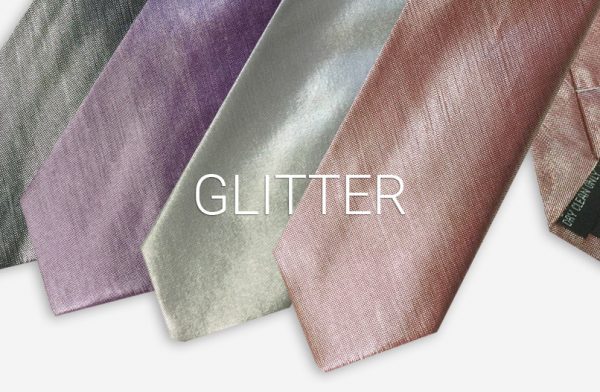Ties can be made out of any fabric that’s reasonably light. Silk is the most popular material. This is owing to its ability to “bounce” back into shape after being tied and untied.
Therefore, ties are the only pieces of clothing that have to be knotted on a daily basis!
Ties, like men’s fashion in general, are always evolving as recent history shows.
1. 1970s – ‘kipper ties’, which were often as wide as 12cms, were the neckwear fashion statement of the decade.
2. 1980s – (just as in the 1960s), skinny ties, some as narrow as 3cms, became popular again.
3. 1990s – as ties got wider again, increasingly unusual designs became common. Novelty ties, as well as deliberately ‘bad taste ties’ gained a certain popularity. Prints included cartoon characters and pop culture icons.
4. 2000s – saw the world of fashion saw a return to skinny ties. The most common styles for such ties were diagonal stripes. Using alternating colours running down the tie these neckties are cut on the bias.
5. Despite various attempts to kill them off over the years by certain groups. Neckties endure.
6. After a brief downturn a few years ago ties are becoming statement pieces again amidst a revival of tailored clothing. This is mainly due to an upsurge in interest among young fashion conscious consumers.
Their chief trend is pairing non-traditional elements to create distinctly personal looks. Therefore, captivating neckwear has become stylish.
These trend setters are currently being attracted to ties that are of a medium width around 7cms wide.
Outside of these trends, ties are worn especially when attending traditionally formal or professional events. Such as weddings, important religious ceremonies, job interviews, court appearances, and fine dining.

 Cart
Cart






